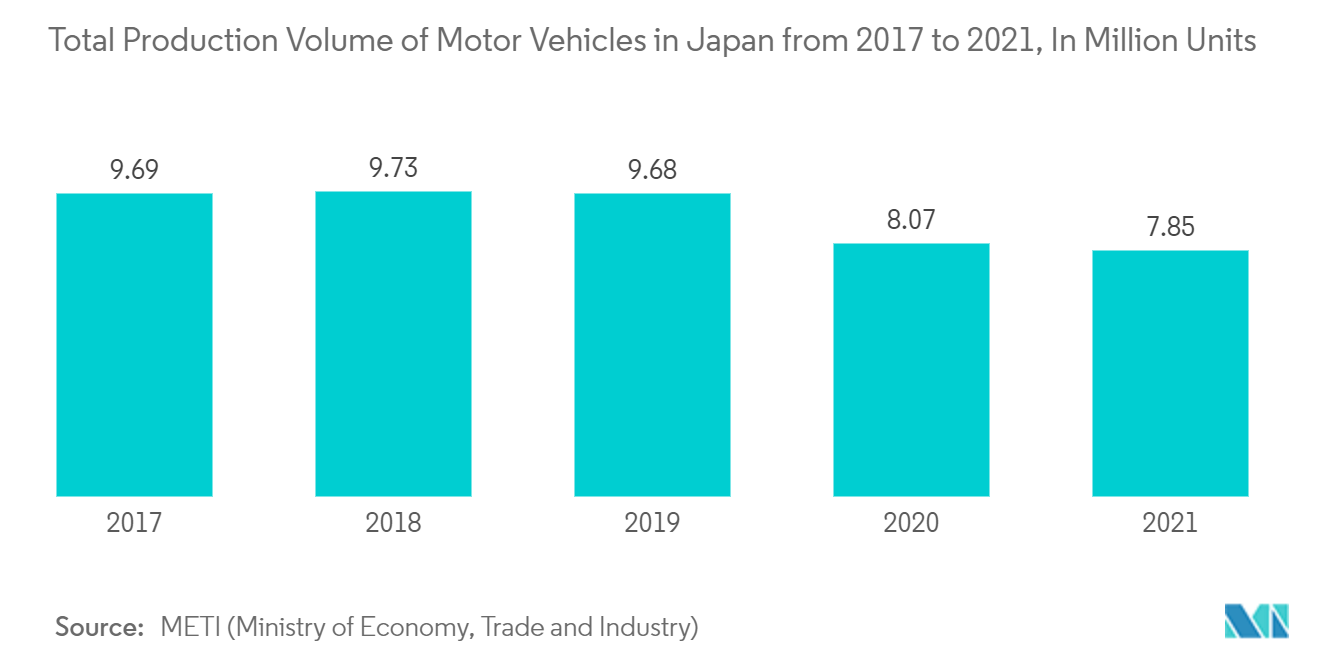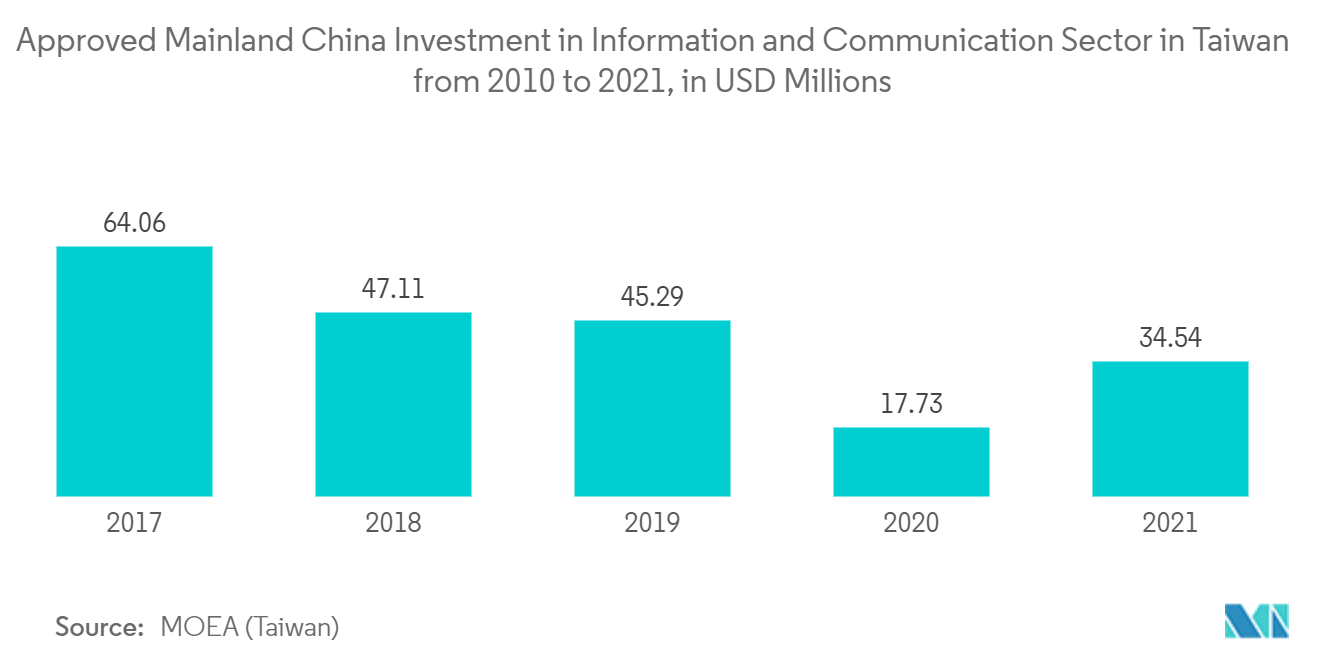Market Trends of Asia-Pacific Industrial Control System Industry
This section covers the major market trends shaping the APAC Industrial Control Systems Market according to our research experts:
Automotive sector is likely to drive the market
- The widespread use of industrial control systems by businesses is a notable trend. The advanced systems facilitate factory production. This also indicates a gradual shift in companies' reliance on manual labor to advanced technology-based systems that allow facility automation.
- Various businesses are implementing new technologies to increase annual outputs. For example, Northern Copper Industry Co. Ltd, a company in North China that produces aw material copper stock, chose ABB to install an electrical and automation system that included an ABB Ability System 800xA distributed control system (DCS) to optimize its production capacity and achieve an annual output of 50,00 tonne of rolled copper strip and foil production.
- Significant initiatives have resulted in increased attention being given to digitalization and Industry 4.0 in the automotive sector of the region, such as Singapore's Smart Nation, similar to Indonesia's "2020 Go Digital Vision," the "Thailand 4.0" initiative, and the Vietnamese government's Industry 4.0 initiatives, amongst others.
- The increasing investments by all large automotive companies in smart manufacturing are further expected to drive the ICS market in the region. For instance, in June 2022, BMW opened a new CNY 15 billion (USD 2.2 billion) factory in China, emphasizing electric vehicles, to catch up with leaders Tesla and domestic competitors.
- Over the years, automotive manufacturing plants have become highly automated with massive deployments of autonomous operations and control systems from welding and painting to assembly. Control systems, robots, intelligent sensors, and other equipment are becoming interconnected to drive higher productivity and outputs. At the enterprise level, the manufacturing execution system (MES) and distributed control system (DCS) are also moving toward interoperability to optimize production further.

Convergence of IT and OT Networks May Drive the Market
- More industrial companies are integrating their IT and OT networks to remain competitive and make better business decisions. The convergence of IT and OT enables more direct control and complete monitoring. Data analysis from these complex systems can be executed with little effort from anywhere in the world.
- However, the integration of these two technologies requires consideration of security. Most OT systems were never designed for remote accessibility, and the connectivity risks were not considered. As a result, these systems may need to be regularly updated, leading to vulnerabilities. This could leave critical infrastructure and organizations at risk of industrial espionage and sabotage.
- With a more significant number of industrial control systems, sensors, and other controllers acting as Industrial Internet of Things (IIoT) endpoints due to the converged IT/OT network, organizations are more vulnerable to cyberattacks and increased security risk.
- An attack on an OT or IT network can compromise assets due to the possibility of lateral movement. For instance, a successful attack on critical functions of a control system, such as electric power, clean running water, manufacturing processes, and life-saving healthcare treatments, could result in a corporate data breach, leading to a catastrophe. Similarly, an enterprise IT network infiltration could lead to an ICS attack.


